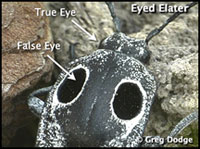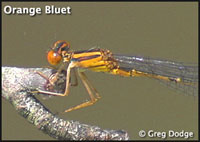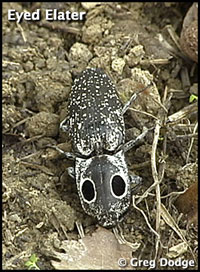Top Photo: Carolina saddlebags waits for wind-borne prey.
Dragonflies continue to be the main attraction on the Wetlands insect list. Green Darners, Carolina Saddlebags, Baskettails, and Common Whitetails were out in force. Variable Dancers, Skimming Bluets, and Southern Spreadwings were the most often observed damselflies from the Wetlands Overlook. Orange Bluets were seen as well. These tiny, bright orange damselflies deserve a close look. I recommend that anyone visiting our outdoor exhibits bring along binoculars. If you see me out there I’ll help point out the various damselflies (or any other insect, bird, reptile…) for you to have a look at.
Many Museum guests were indeed able to get close looks at some of those dragonflies and damselflies seen over the Wetlands, as well as various butterfly species. On several days I brought along a butterfly net and was able to first capture, place in a small clear plastic vial, and then show to guests a variety of insects. I later released the insects. I was able to catch a Common Buckeye, Eastern-tailed Blue, American Lady, Juniper Hairstreak, Pearl Crescent, and a few other species of butterfly along with two damselfly and two dragonfly species.
Guests were also treated to an up-close look at an Eyed Elater. Eyed Elaters are large click beetles, salt and pepper in color, which have large “false” eyes on their pronotum (the area just to the rear of the head). If a click beetle is placed on its back, it will first “arch” its back and then suddenly straighten itself out, sending the beetle airborne and producing an audible click in the process.


